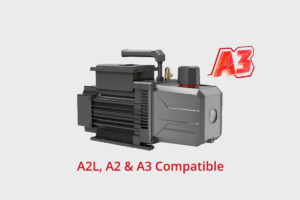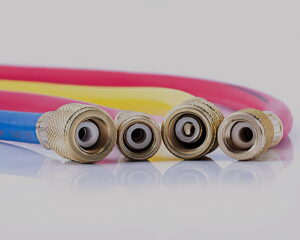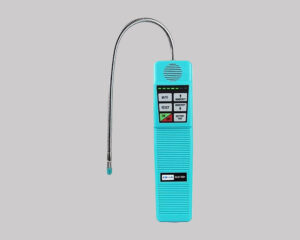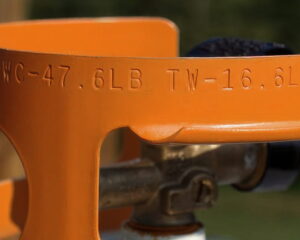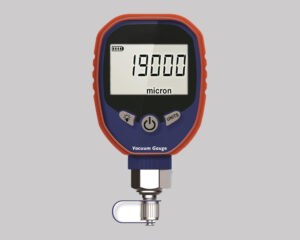This article is to introduce what to consider before choosing an oil screw vacuum system.
It is known that the oil screw vacuum system with viable speed inverter features energy saving, plug and play installation, remote control and many more. However, many users, dealers and even sales persons don’t have enough information to be convinced to buy a screw pump instead of traditional liquid ring pumps or rotary vane pumps. After all, the screw pump is much more expensive. Here’s an example to explain why a screw pump could be a better solution.
To buy a proper vacuum pump, you have to consider at least 3 points as I did for above project:
1) One time investment (The price of the vacuum pump)
Obviously the traditional liquid ring pump or rotary vane pump has very big price advantage. But don’t make your decision so quickly. Let’s check the following.
2) Operation cost
For a big pump with flow rate more than 300 m³/h, or motor power more than 5 kW, it makes much sense to check and save the electricity cost. Not to mention that we’re now living in an unstable international environment and the energy cost keeps increasing.
The cost calculation for the above sample is based on annual operation of 8,000 hours and electricity cost of USD 0.2/kWh:
- The motor power of ASV-100 is 3 kW and total power of 5 pieces is 15 kW. The motor efficiency is usually 85% or less. The power cost of each year will be: 15*(1/0.85)*8,000*USD 0.2=USD 28,235
- The motor power of EVS 550 is 7.5 kW and motor efficiency is IE4 (about 94%). The inverter-driven motor is born to save energy from 30%. The power cost of every year will be: 7.5*(1/0.94)*8,000*(1-30%)*USD 0.2=USD 8,936
The cost difference is USD 19,299. The result will vary if the operation hours and electricity cost are different but there’s no doubt that the difference is enormous. You can buy another dozens of rotary vane pumps with the saved cost in one year.
3) Maintenance
It’s not the end. Another important point you have to consider is the maintenance cost so that you can find out which pump is truly better.
For rotary vane pumps, the oil has to be changed every 2,000 hours (3 months). An oil screw pump requires 4,000 – 8,000 hours (6 – 12 months).
Due to the wear of internal components of rotary vane pumps, it’s necessary to have an overhaul maintenance after 3-5 years operation. By comparison, the designed service life of a screw pump is 100,000 hours (more than 11 years). Low maintenance is an overwhelming advantage for a screw pump.
And it’s not over yet. The maintenance of rotary vane pumps requires usually at least one day off of production onsite. This work can be easily done on any individual vacuum module of screw pump when the central vacuum system is running. Moreover, the technicians can finish the maintenance without entering the production site.
The conclusion: It’s strongly recommended to use a screw vacuum pump for a central vacuum system. Of course it’s good to choose a rotary vane pump if you need only a small pump or for short time use.
Coolink, a TOP 3 Global HVAC Vacuum Pump Manufacturer & Quality Industrial Vacuum Pump Supplier from China


